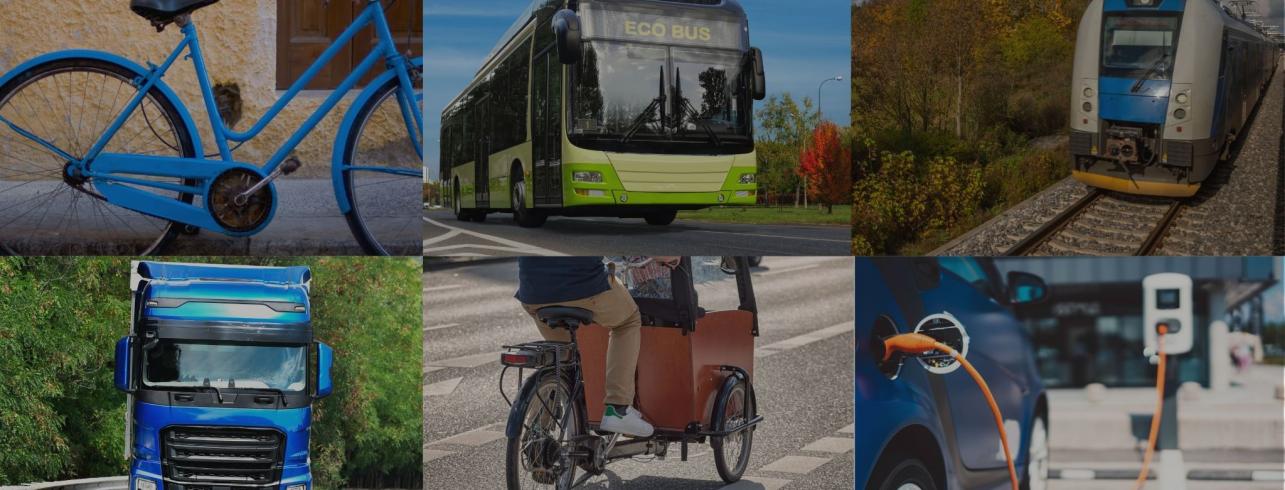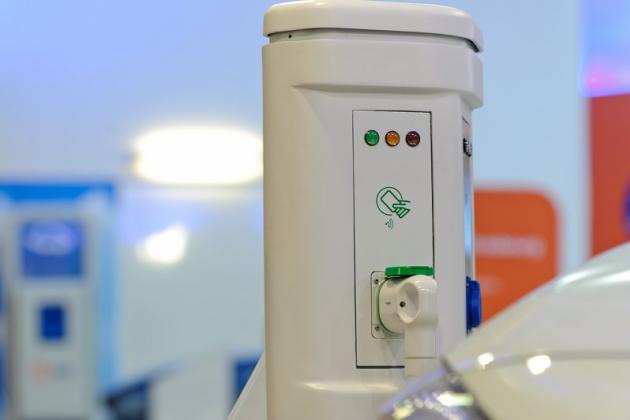
The International Energy Agency (IEA) estimates that to achieve the Paris Agreement’s below-2°C scenario, emissions from transport will need to drop by more than two-thirds. At the moment, however, transport is the fastest-growing fossil fuel-dependent sector.
Emissions from transport are set to rise about 50% by 2050. Shifting to cleaner transport is not only essential if we are to meet Paris Agreement targets, carbonfree transport is also key to building back better, creating an equitable, green and attractive recovery from our current health and economic crises.
The synergy of the TDA members:
Accelerating the transition to zero-emission transport requires countries, cities/regions, and companies to communicate and collaborate in an unprecedented fashion.
For instance, manufacturers of electric vehicles (EVs) need to know there will be both a market for their products, as well as the charging infrastructure required to make their vehicles attractive to consumers before putting major investment into EV production. Meanwhile, fleet owners and other buyers need to know that EVs and charging infrastructure will be available.
Governments can catalyse shifts in the market by lowering risks on both sides with policies that encourage charging infrastructure, financial incentives to produce and buy EVs, and other policies such as zero-emission zones for passenger vehicles and freight in urban centres.
Similarly, to reduce GHG emissions through active mobility - walking and cycling for example - cities need to work with local businesses to redesign downtown areas and implement policies that promote safety and convenience for pedestrians and cyclists.
The TDA community is engaged in:
- Communities of Interest (CoIs), where members collaboratively develop policy recommendations, reports, online courses and other products or outcomes important to them
- Working streams for key thematic themes such as Decarbonising Transport Together Series (advocacy and outreach), TDA Academy Series (a space for learning and sharing) and The Alliance Talks (a space for collective action, networking and dialogue)
How do members participate in the TDA?
- Connecting and working with leading colleagues in other countries, cities/regions and companies on one of the most exciting frontiers of our time
- Playing an active role in international forums on climate change, transport and sustainable development
- Demonstrating leadership at international events as well as at gatherings of the private sector and local and regional governments
Some achievements of the Alliance
- Published a manifesto offering a framework in which to build and pursue a strategy for decarbonisation of transport;
- Called manufacturers for zero-emission freight vehicles
- Launched the How-to Guide, "Zero-Emission Zones: Don’t Wait to start with Freight"
- Developed a training programme on decarbonised transport for executives
- Co-organised En Route to COP26 held on 1 December 2020
- Call for global ZE-MHDV at the 12th meeting of the Clean Energy Ministerial on 31 May, 2021
- Introduced at the EU Environment Council
- Launched the working paper: Steering A Green, Healthy, And Inclusive Recovery Through Transport
- Contributed to many international events

